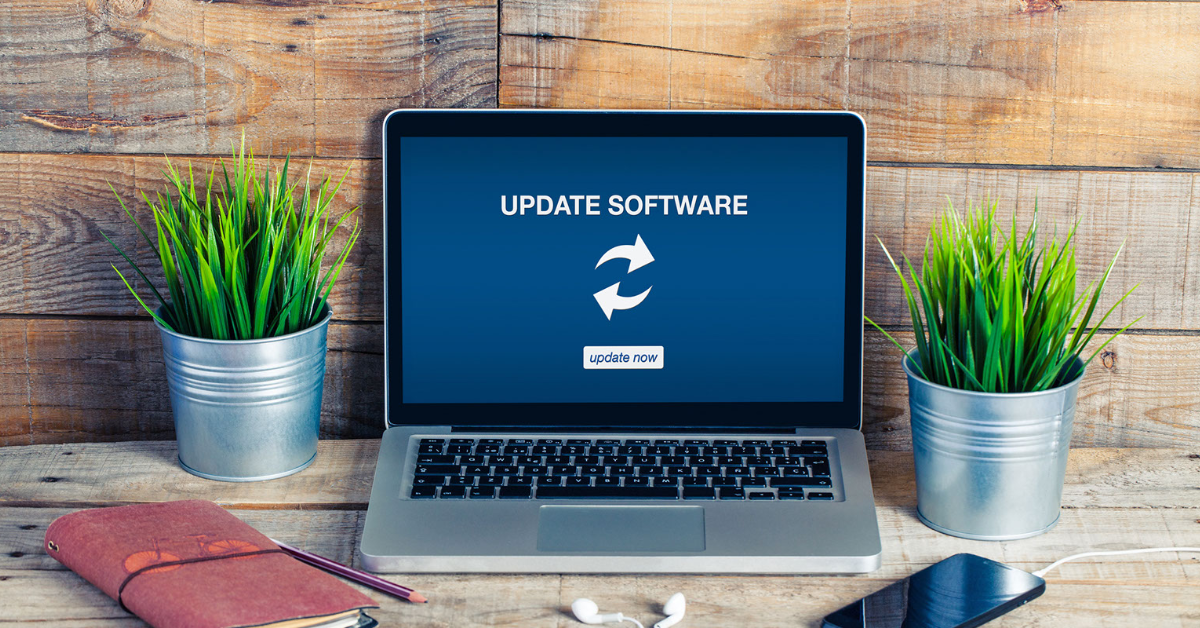“Your hardware has reached the end of its useful life.” As a business leader, you’ve likely seen this message before, but do you know what it actually means? Or how it can affect your business operations?
Keeping your IT hardware updated is critical to your company’s success. Your business needs up-to-date equipment, like computers and firewalls, to help your team get their work done efficiently. Simply put, broken or malfunctioning equipment causes downtime in productivity and can quickly start to affect your probability. Keeping your equipment current and highly functional can also contribute to overall employee happiness and satisfaction.
Without strategic planning, hardware and computer replacement expenses can be steep and unexpected. It’s important to make sure that your IT provider is helping you develop a strategy that will keep your team armed with the equipment they need to be successful while also not breaking the budget.

What does end-of-life (EOL) mean?
EOL means the original equipment manufacturer will no longer market, sell, repair, or update your equipment after a certain date. These dates are determined by the manufacturer and can go into effect at different times depending on the system. At some point, all hardware and software will reach that EOL status. If it’s not addressed quickly, your systems are then left vulnerable to a cyber attack. Having a proactive strategy for replacement is vital to your company’s security and productivity.
What are the risks associated with EOL equipment?
Hardware that has reached EOL suffers from outdated security updates and doesn’t receive any support from manufacturers and resellers. This means that the software you’re running may no longer work, and the lack of security updates can quickly lead to a major increase in security risk to your business.
Unreliable hardware and equipment result in higher costs and lower productivity, keeping your organization from reaching your goals.
Picture this: your Accounting team has computers that are all reaching EOL at the end of the year. You continue to put off replacement, and before you know it, it’s now January of the next year. You come into work like normal but quickly realize that your entire Accounting team can’t get anything done because their software no longer works. This unexpected downtime for your staff results in added costs and falling behind on work while you wait for the replacement computers to arrive. Not to mention the frustration from the affected team members not having the equipment they need to be successful. Staying on top of hardware refreshes prevents you from being stuck in a situation like this one, keeping your budget in check and your team happy.

Managing EOL IT equipment:
Best business practices include preparedness and flexibility, particularly in times of transition. In order to avoid unexpected costs and keep operations secure, it is imperative to plan for and create a budget to handle EOL IT equipment. As your managed IT partner, we work closely alongside your organization to help develop a custom lifecycle management plan for your hardware.
Effective planning for hardware replacement can help reduce cybersecurity vulnerabilities and lessen the risk of downtime. Here are a few things to consider when developing a strategic plan:
Create an inventory of your network equipment.
This list will not only give you insight into what devices you have, but it will also give you a clear picture into the history of the device and the software currently running on that device.
![]()
Monitor the status of your inventory.
Keeping a close eye on that inventory report will help you gauge and budget for the appropriate number of replacements each year. Replacing equipment can have an impact on your internal team, so this strategy also gives you the ability to have early and clear communication to your team to make sure everyone is on the same page.
![]()
Set a budget and stick to it.
Having a clear purchasing strategy not only ensures that your team has the right tools in place to stay productive but it also keeps expenses predictable for your business. Knowing how many devices will need replacement, as well as setting a specific budget per team member will help you manage the costs while also keeping your team equipped with what they need to be successful.
![]()
Staying on top of hardware refreshes.
The key to success requires proactive planning and vigilant lifecycle management. Creating a strategy for how to handle end-of-life equipment guarantees that your business stays prepared and can run smoothly. EOL hardware leads to frustrating interruptions in your day-to-day operations, as well as unexpected expenses. With proper planning and a proactive strategy in place, your business can drastically reduce the security risk that EOL equipment presents and avoid a halt in work due to malfunctioning equipment.
Keep your team equipped for productivity and efficiency by having a strategic hardware refresh plan in place.
Not sure where to start? Contact our team of experts at WorkSmart today to get started!


